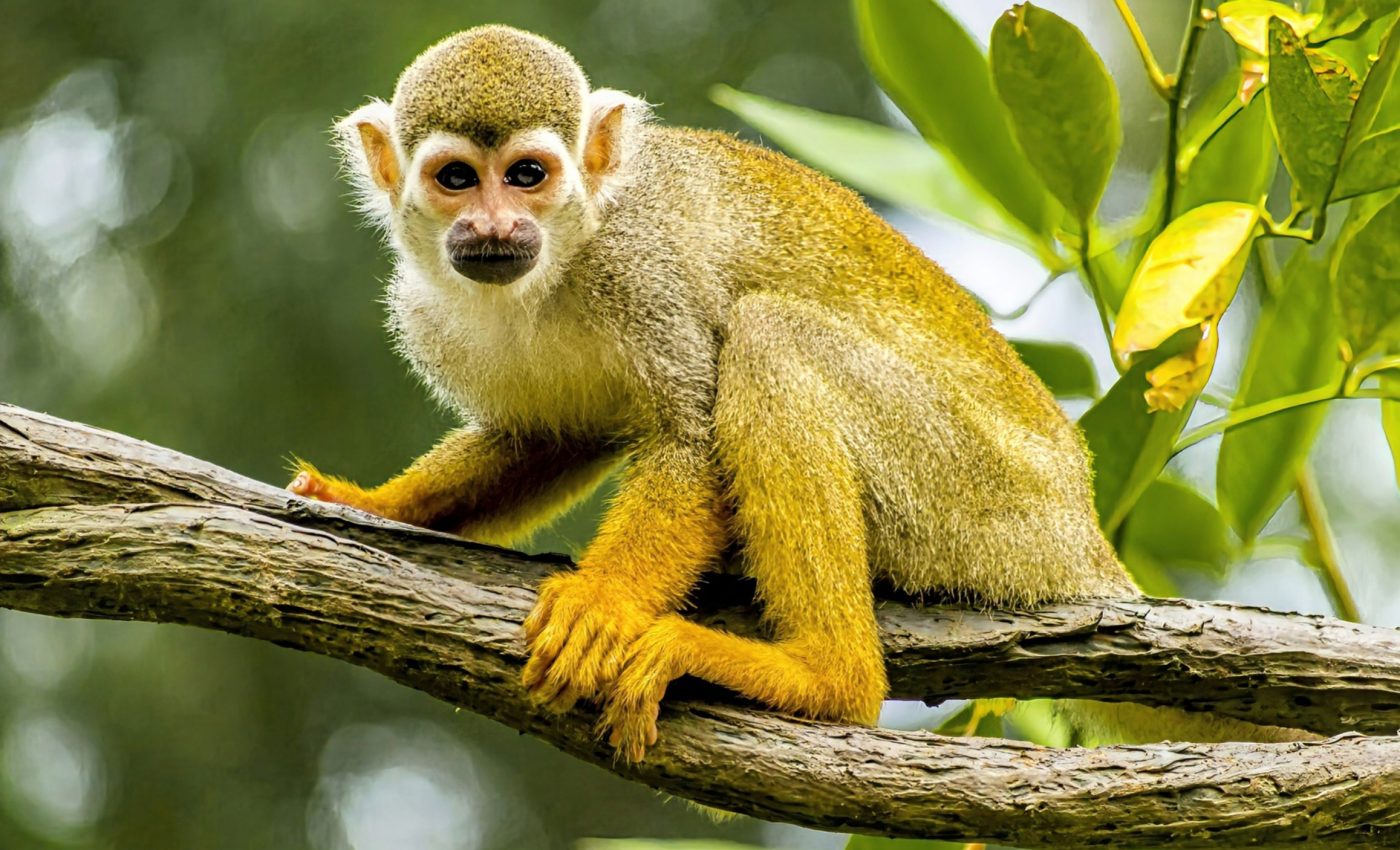
Tree mortality is pushing the Amazon to a tipping point
Tree mortality in the Amazon rainforest is a critical issue with significant ecological, climatic, and economic implications. The Amazon, often referred to as the “lungs of the Earth,” plays a vital role in sequestering carbon dioxide, thereby regulating global climate. However, various factors are contributing to an alarming rate of tree mortality in this vast rainforest.
Amazon tree mortality is driven by increasing droughts, extreme weather events, and deforestation. The dying trees, which absorb carbon through photosynthesis when they are living, release carbon into the atmosphere during their decay. Rising tree mortality may turn the rainforest from a carbon sink to a carbon source.
Fragile carbon and biodiversity reserves
The Amazon rainforest is home to an enormous variety of plants and animals, and plays a crucial role in managing the effects of climate change by storing massive amounts of carbon, while helping regulate temperatures and rainfall regionally as well as globally.
By employing models which predict tree mortality and the subsequent changes in carbon balance, a new study published in the journal Earth’s Future has found that some regions of the Amazon rainforest might pass a tipping point by the middle of this century.
“The Amazon rainforest biome is a crucial concern due to its vast yet fragile carbon and biodiversity reserves. Intact Amazon forests hold more than 20% of terrestrial species, house 100 billion tons of carbon, absorb atmospheric CO2, and regulate regional and continental climates by recycling moisture,” the authors wrote.
“Despite these critical functions, the stability and spatial continuity of the forest are threatened by climate extreme events such as droughts and storms, widespread deforestation in the South, East, and South-West regions, as well as forest degradation in adjacent areas.”
According to the researchers, these factors increase the risk of reaching a tipping point, where intact forests may transition to carbon sources and even collapse within a few decades.
“As a result, it is crucial to reduce uncertainties and better understand the likelihood of such a tipping point, and take mitigative actions to preserve the health and resilience of the Amazon rainforest.”
Simulating tree mortality in the Amazon
The experts used ORCHIDEE-CAN-NHA, a groundbreaking land surface model, to simulate Amazon tree death and regrowth in the face of droughts. This model was calibrated and assessed using historical data from previous drought events.
The scientists combined the use of this land surface model with four climate scenarios to project future changes in carbon movement and tree loss until the end of the century.
Although the climate models provided different specific outcomes – such as variations in wetting and drying – they all identified a warming trend over the next decades, particularly throughout the northeastern Amazon rainforest.
“These climate models display diverse patterns of climate change across the Amazon region. The simulation conducted with the HadGEM climate model reveals the most significant drying trend, suggesting that the Guiana Shield and East-central Amazon are approaching a tipping point,” noted the researchers.
“These two regions are projected to transition from carbon sinks to carbon sources by the mid-21st century, with the Brazilian Shield following suit around 2060. This transition is attributed to heightened drought-induced carbon loss in the future.”
Pinpointing hotspots of Amazon tree mortality
Better understanding which areas of the Amazon rainforest are most at risk for drying out and dying will help inform scientists about the carbon balance in the region and provide invaluable information about how to protect this ecosystem from the effects of a rapidly changing climate.
“This study makes an important step forward by providing a spatial image of the likelihood of drought risks and predicting the evolution of future Amazon rainforest net carbon balance, by resorting to a well-calibrated model that incorporates hydraulic failure induced tree mortality, and subsequent recovery from demographic processes, including recruitment and growth of survivor trees,” wrote the study authors.
“The predicted possible vulnerability state of the Amazon rainforest required further investigation and concerns on mitigation policies.”
—–
Like what you read? Subscribe to our newsletter for engaging articles, exclusive content, and the latest updates.
Check us out on EarthSnap, a free app brought to you by Eric Ralls and Earth.com.
—–













